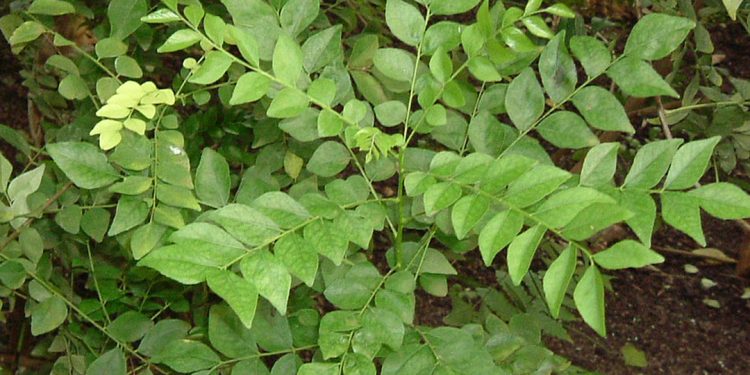An evergreen subshrub, 60 cm (2 ft.) in height, it has linear, silver-grey leaves and clusters of yellow button-shaped flowers in summer.
History and traditions
A native of southern Europe, it seems to have crept into modern herb gardens, where it is now firmly established, because of the popular name, curry plant, relating to its strong smell. But it is not a culinary plant and has nothing to do with curry or curry leaves. It is one of the “everlasting” flowers (most of which have a papery texture and retain form and color when dried). It justifies its position as a herb because it is included in pot-pourri and has insect-repellent properties.
Growth
Although frost hardy, it does not tolerate prolonged cold, wet winters. Grow in light, well-drained soil in full sun. Propagated by semi-ripe or heel cuttings in summer.
Uses
Aromatic
Dried flowers and foliage may be added to pot-pourti and insect-repellent sachet mixtures. The essential oil is said to be antiviral, but it is not confirmed.










